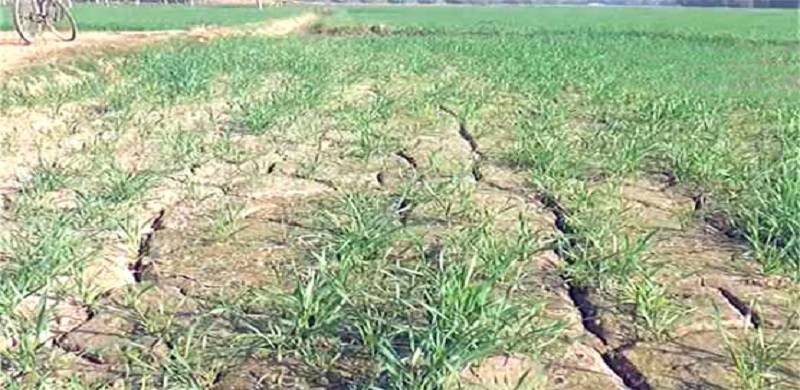
Since February 2020, spring has become a controversial season due to the unpredictable and – from an agricultural perspective – unwanted rains that proved hazardous for Punjab's farmers. A debate is going on and weather systems in Pakistan are a hot topic in mainstream and social media. There have even been lively debates among experts, farmers and common citizens of Pakistan wondering as to whether their information about Pakistan’s seasons, which were initially four, remains correct.
Pakistan can now be characterized as having five weathers: autumn and winter shared with smog, followed by spring and summer. The typical rainy season called monsoon brings the required water through extensive rainy spells comprising about 70 % of total rainfall occurring in Pakistan during the months of July to September. The rest of the 30% of rainfall is scattered throughout the year. Whenever we hear the term “climate change”, the most important resulting threat any country might face is food security followed by health and security threats directly associated with food systems. And so it all originates from the agricultural sector. In developing countries, unfortunately, farmers are all too vulnerable to rapidly changing climate patterns, pests and erratic rains.
Farmers are witnessing, for nearly half a decade, rains in the months of March and April coupled with hail, thunderstorms and strong winds. In recent years, crops particularly wheat, spring corn, mustard, cotton, mangoes and tomatoes have been affected by storms that feature intense rain and hail. In 2019 more than 160,000 tonnes of wheat were damaged particularly in the areas of south and central Punjab. Pakistani farmers (particularly those cultivating wheat), already under debt due to higher production costs, now have these two spells of unpredictable rains coupled with hailstorms, to contend with. The rains have left wheat crops lodged in the fields, mango orchards damaged, torn corn plants and broken stalks of vegetables with continuously flooded fields unsuitable for any crop. It has also disturbed the unharvested and recently harvested potato crop - leading to poor quality and reduction in yields owing to improper pot harvest management options available to small landholders.
Almost all over Pakistan, the wheat crop is in its maturity stage around this time. A tweet by the Pakistan Meteorological Department on the 10th of March, 2020, stated that “More rains forecast over the next three days, more rains are not good for wheat in Khyber-Pakhtunkhwa and Punjab” - all of which merely adds to the miseries of poor farmers.
These rains are not only damaging current crops but also disturbing the whole cropping system. Late sowing of the next crop after wheat will result in higher production costs and lower yields with higher vulnerability to diseases and pests.
The Pakistan Meteorological Department issues regular alerts for farmers to manage their crops but a farm is not actually a shop which can be just bring down its shutter and wrap up. It is an open air field of millions of plants raised with the sweat of farmers’ hard work. After the harvest, the logistical challenges only increase: farmers need proper storage facilities and rapid procurement of their produce. Unfortunately, our Pakistani farmer lacks such facilities: even if they are available, the poor agricultural marketing system and heavy informal debt keeps the cultivator trapped in a vicious cycle.
Pakistan really needs a robust and long-duration early warning system as well as an effective communication system to safeguard its agricultural economy. Moreover, education and technical training of farmers for Climate Smart Agriculture Practices is desperately needed. Effective micro-credit schemes must be introduced for the storage facilities. A policy table should be shared with main stakeholders, the small to medium farmers, so as to enhance their adaptation and mix indigenous know-how with modern knowledge.
Zoning as well as mapping of the ecological zones should be practiced to manage crops at the provincial levels. That would help decrease the impact of natural calamities. And most importantly, there is a need for research to develop and introduce seeds of climate-resilient crops – and this needs to be a priority if we are to handle the adverse effects of climate change in Pakistan.
That would truly be an agrarian system capable of absorbing climate shocks.
In Pakistan, arguably, there is already a climate change policy but to implement it appears to be a far cry.
